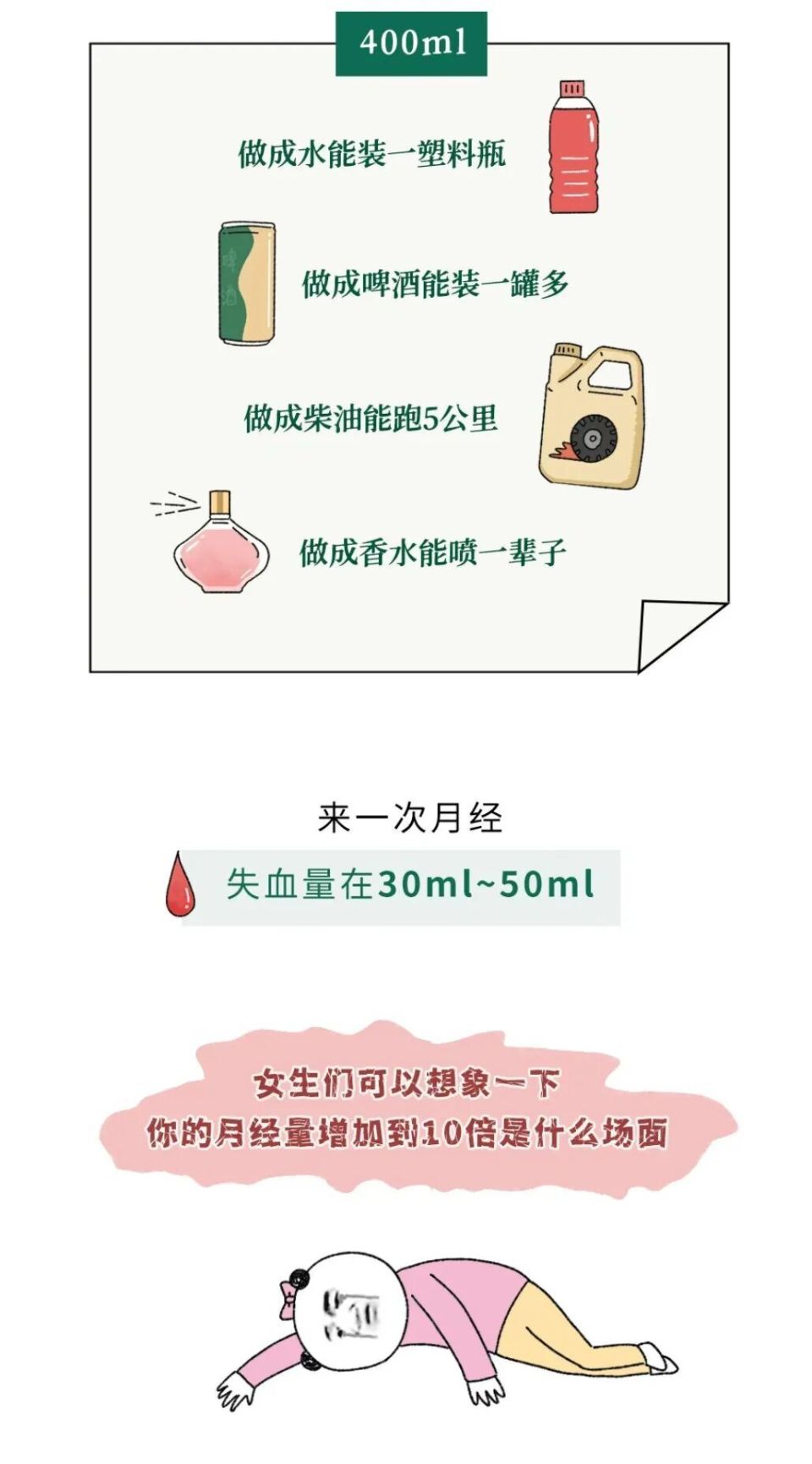垂钓的老人,是一个鲜明的形象,常常出现在湖泊或河流边的景象中。他们沉静而专注地坐在钓鱼椅上,手里牢牢握着鱼竿,等待着鱼儿上钩。这一景象常常让人感到宁静与和谐,也是生活中的一道美丽的风景线。本篇文章将重点描述垂钓的老人的描写方法。

我们可以通过一些吸引人的数据来开头。每年有数以百万计的老人选择垂钓作为一种锻炼身体和放松心情的方式。这个数据引起读者的注意,让他们对垂钓的老人产生兴趣,并想要了解更多关于他们的描写方法。
我们要介绍文章的主要内容和结构。可以使用清晰的标题或概述来阐明文章的框架。我们将从老人的外貌、举止、专注的心态以及他们与自然的融合等方面来描写垂钓的老人。
按照第二段提出的内容和结构,逐一展开论述。我们可以通过描写老人的外貌来展示他们的特点。他们多半身材瘦高,皮肤受日晒和风吹,显得黝黑与精神焕发。他们喜欢穿着宽松的衣物和鱼帽,以便更加自如地操作钓鱼工具。
在描写他们的举止时,可以使用一些细节来让读者更加形象地感受到他们。他们的手臂会时不时地颤抖,但他们却能保持着稳定的状态,并且轻而易举地将鱼竿掷向远处。他们的眼神专注而坚定,不管外界发生什么,都能保持镇定与冷静。
垂钓的老人常常能够投入到钓鱼的世界中,与自然和谐地融为一体。在他们的身边,常常有着美丽的湖泊和浩瀚的河流,清新的空气和鸟语花香。这些自然的元素给予了垂钓的老人一种宁静与平静的心情,让他们更加享受钓鱼的乐趣。
我们要总结文章的主要观点和并强调文章的价值和意义。垂钓的老人是一个充满智慧和魅力的形象,通过描述他们的描写方法,我们可以更好地了解这个传统和充满魅力的行业。通过与读者的共鸣和共识,我们能够更好地传递文章的观点和意义。
垂钓的老人的描写方法有诸多方式,通过描写他们的外貌、举止、专注的心态以及他们与自然的融合,我们可以更好地了解和欣赏这个传统的行业。通过使用反问句、设问句、强调句和质疑句等手法,可以增加文章的智慧感、权威感、个性感和理性感。希望本篇行业文章能够给读者留下深刻的印象,并使他们对垂钓的老人有更深入的了解。
垂钓的老人的描写方法有哪些
垂钓的老人往往具备着丰富的经验和深沉的智慧,他们对自然的了解以及在钓鱼过程中的耐心和专注,使得垂钓成为一门独特而有趣的艺术。本文将介绍一些描写垂钓的老人的方法,从而展现出他们的特点和魅力。

我们可以使用吸引人的数据来引起读者的注意。可以提到垂钓的老人所获得的记录最多的鱼的重量,或者是他们在钓鱼比赛中所取得的优异成绩。这样的数据会让读者对垂钓的老人产生兴趣和好奇。
我们可以通过清晰的标题和概述来介绍文章的主要内容和结构。“垂钓的老人:经验丰富的自然观察者”或者“垂钓的老人:耐心与专注的象征”。可以列出文章将要涉及的主要要点,例如“垂钓的老人的经验与智慧”、“他们对自然的了解”和“垂钓过程中的耐心和专注”,以展示文章的框架。
在论述文章的主要内容时,可以使用事实、数据、案例和观点等来支持论点。可以介绍一位老垂钓者在长时间钓鱼过程中积累的经验,讲述他如何根据气象、水流和鱼类习性来选择合适的钓点和钓饵。可以引用一些垂钓的老人的观点,例如他们对保护环境和可持续发展的看法,以展示他们对自然的热爱和责任感。
可以通过总结主要观点和结论来强调文章的价值和意义。可以总结垂钓的老人是具有丰富经验和深沉智慧的自然观察者,他们通过钓鱼的过程展示了耐心和专注的品质。可以提出一些建议,比如鼓励更多的年轻人学习垂钓,从中获得对自然的理解和欣赏。可以展望垂钓的老人在今后的社会发展中的作用和价值,以留下深刻的印象。
在整篇文章中,可以多次使用反问句、设问句、强调句和质疑句等来增加作者与读者之间的共鸣和共识,增加作者的智慧感、权威感、个性感和理性感。可以根据实际情况来对文章的结构和词语进行调整,以确保文章的流畅性和连贯性。文章的字数应该在800字到2000字之间,以保持内容的充实和精炼。
垂钓的老人的描写方法是什么
Title The Art of Depicting an Aged Angler Techniques to Captivate Readers

Introduction
Have you ever wondered how to effectively describe an elderly angler? In this industry article, we will explore the methods and techniques to portray the captivating image of an experienced fisherman. Using intriguing data, stories, and questions, we aim to grasp readers' attention and provide insights into the art of depicting an aged angler.
Structure
I. Introduction
II. Overview of the main content
III. Detailed discussion of portraying an elderly angler
IV. Summarizing key points and emphasizing the value of effective depiction
V. Enhancing author-reader connection through rhetorical devices
VI. Final thoughts and conclusion
I. Introduction
To start, let us consider the importance of evoking readers' interest in a written piece. A captivating introduction can consist of fascinating statistics, engaging anecdotes, or thought-provoking questions. In this context, we introduce the topic of portraying an elderly angler, aiming to provide a deeper understanding of this art form.
II. Overview of the main content
Before diving into the specifics, let us provide a clear outline of the article's structure, enabling readers to anticipate the forthcoming discussions. A concise list or summary of the main points will help create an organized framework for the reader.
III. Detailed discussion of portraying an elderly angler
In this section, we explore various approaches to effectively depict the character of an aged angler. Drawing upon facts, data, case studies, and viewpoints, we will support our arguments while maintaining logical coherence. Careful attention should be paid to avoid redundancy or repetition.
IV. Summarizing key points and emphasizing value
As we near the end of the article, it is essential to summarize the main viewpoints and conclusions. By emphasizing the value and significance of effective depiction, readers will be left with a lasting impression. Suggestions or future prospects can also be presented to inspire further exploration.
V. Enhancing author-reader connection through rhetorical devices
To establish a greater connection and consensus with readers, the use of rhetorical devices such as interrogative sentences can be valuable. By adopting a reader's perspective, the author can effectively engage the audience and create a sense of shared understanding.
VI. Final thoughts and conclusion
To add credibility and authority to the author's stance, the use of rhetorical questions throughout the article can showcase the author's ability to analyze situations thoughtfully. This intellectual and insightful approach enhances the article's appeal and establishes the author's expertise.
VII. Enhancing author's personality and appeal
To infuse the article with the author's personality and charm, the use of relevant emphatic sentences can express independent opinions and attitudes. This fosters a sense of uniqueness and captivates readers' attention, making the article more engaging and memorable.
VIII. Maintaining rationality and fairness
To ensure a balanced and impartial perspective, the use of questioning sentences is crucial. Demonstrating logical thinking and a critical mindset, the author can challenge certain aspects of the depiction process, fostering a more well-rounded analysis.
IX. Adjusting structure and eliminating repetitive phrases
While the generated content may include transitional words like "firstly," "secondly," "furthermore," "lastly," or "in conclusion," it is advisable to adapt these phrases to better suit the context or replace them with alternative expressions. Flexibility in structuring the article will enhance its flow and coherence.
X. Article length and word count
The overall length of the article should range from 800 to 2000 words, allowing for a comprehensive exploration of the art of depicting an aged angler while maintaining conciseness and reader engagement.
In conclusion, by employing captivating introductions, providing clear outlines, supporting arguments with evidence, and emphasizing the value of effective depiction, this article aims to guide writers in portraying the image of an elderly angler skillfully. Using various rhetorical devices, the author-reader connection will be strengthened, leaving readers with a memorable and insightful reading experience.





















